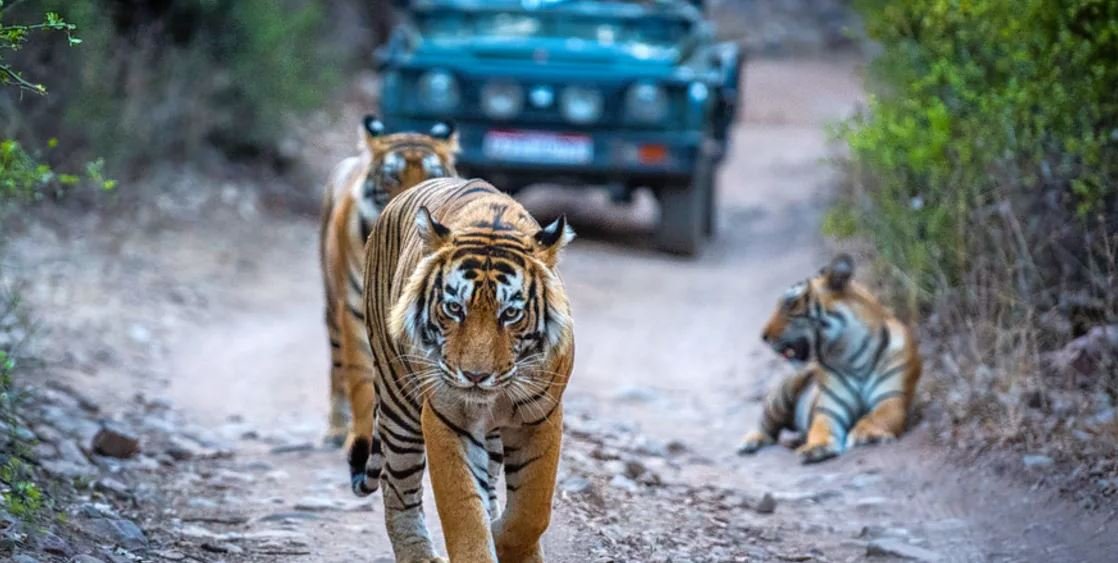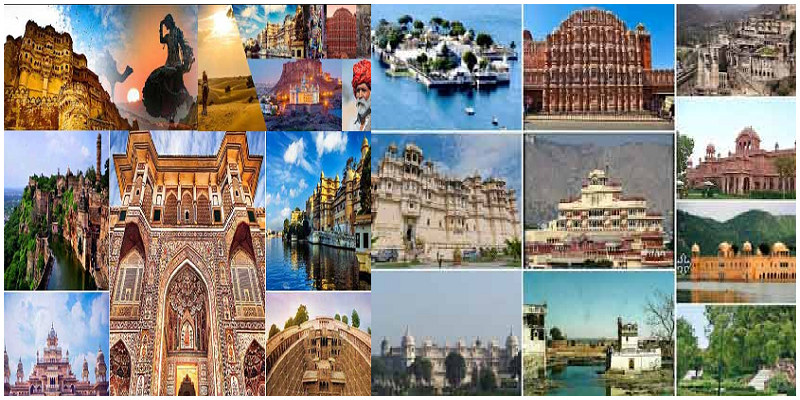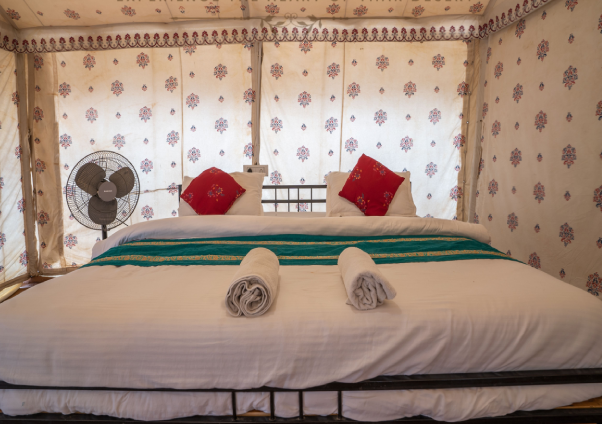Ranthambore National Park is one of India’s most iconic wildlife destinations, and for good reason. Nestled in the southeastern part of Rajasthan, it offers visitors a rare chance to witness the majestic Royal Bengal Tiger in its natural habitat. From dry deciduous forests to serene lakes and historic ruins scattered across the landscape, Ranthambore is not just a haven for wildlife but also a deeply immersive experience for nature lovers and photographers alike. If you’re planning a visit, timing your trip right is crucial to making the most of what this beautiful reserve has to offer — and for many, the adventure begins with a Jeep safari in Ranthambore.
Best Time to Visit Ranthambore for Safari Experiences
Ranthambore National Park remains open to visitors from October to June. Each season offers a unique experience depending on what you’re hoping to see, but there are specific months that tend to deliver the most satisfying encounters for wildlife enthusiasts.
October to December – The Post-Monsoon Reawakening
As the park reopens in October after the monsoon season, the entire reserve is lush, green, and buzzing with fresh life. Water sources are still plentiful, and the undergrowth provides both cover and a challenge for wildlife sightings. However, with fewer tourists and cooler weather, this period offers a peaceful and refreshing safari experience. It’s an excellent time for bird watchers and those interested in spotting a wide variety of herbivores like spotted deer, sambars, and nilgai.
January to March – Prime Time for Photography
This is considered one of the best seasons for wildlife photography. With the winter chill still in the air, animals are more active during the daytime, increasing your chances of seeing predators such as leopards, sloth bears, and of course, tigers. Morning safaris during these months are particularly rewarding, as the mist rising from the lakes creates a surreal, almost dreamlike backdrop. The cooler temperatures also mean that a full-day safari won’t leave you feeling exhausted. If you’re a photographer or looking to truly explore Ranthambore Jungle Safari options in detail, this is the season to aim for.
April to June – For the True Tiger Spotter
Summer in Ranthambore is intense, with temperatures soaring above 40°C. However, this is the time when dedicated wildlife lovers and serious tiger watchers make their journey. The dry season leads animals to congregate around limited water bodies, making it easier to spot them — particularly the elusive Royal Bengal Tiger. While the heat can be challenging, the payoff is often worth it. Safari sightings peak during this time, and the chances of photographing a tiger taking a dip in a watering hole are significantly higher. It’s a season for those who prioritize sightings over comfort, and the park rewards that commitment generously.
Weekday vs. Weekend Visits
For those wondering when within a week is best to plan your visit, weekdays are preferable. Ranthambore attracts a large number of tourists, especially over the weekends and during school holidays. A weekday visit generally means less crowd, more tranquility, and better interactions with guides and naturalists. You’ll also have a greater chance of selecting premium safari zones or securing a booking at the Best Resort in Ranthambore, which often gets fully booked during peak weekends.
Safari Timings and Zone Insights
Understanding safari timings and how Ranthambore is divided can improve your experience significantly. The park has 10 safari zones, each with distinct terrain and varying chances of tiger sightings. Zone 1–5 are considered core zones and often yield the most tiger activity, while zones 6–10, though newer, offer less crowded routes and equally promising encounters with wildlife.
Safaris happen twice daily — one in the early morning and the other in the late afternoon. Morning safaris generally provide cooler temperatures and are preferred during the hotter months. Afternoon safaris, on the other hand, offer dramatic lighting conditions, especially for photographers hoping to capture wildlife during the golden hour.
Things to Keep in Mind Before Booking
- Advance Booking: Ranthambore safaris and resorts tend to fill up fast, especially during winter and summer breaks. Booking your safaris and accommodations well in advance is highly recommended.
- Choose the Right Safari Type: You can choose between a 6-seater jeep or a 20-seater canter. Jeep safaris offer a more personalized and flexible experience, especially for photography and navigating through denser forest areas.
- Dress Accordingly: What you wear matters. Neutral colors like beige, green, and brown help you blend with the environment and avoid attracting unnecessary attention. Layers are also important, especially for early morning drives.
- Follow Guidelines: Always respect the park’s rules and your guide’s instructions. Keeping noise to a minimum, not feeding animals, and staying within your vehicle are all basic guidelines that help preserve the ecosystem and ensure safety.
Combining Safari with a Relaxing Stay
A safari in Ranthambore is a thrilling experience, but pairing it with a comfortable and immersive stay adds a deeper dimension to the trip. Choosing a resort that blends luxury with nature can make your visit unforgettable. Many resorts are nestled along the forest edge, offering jungle views, curated nature walks, and expert-led wildlife talks in the evening. While you explore the wild during the day, you can return to serenity and comfort by night.
Ranthambore’s charm lies not only in its tigers but in its rich ecosystem, historical landmarks like Ranthambore Fort, and the balance it offers between adventure and calm. Whether you’re a seasoned wildlife photographer or someone just beginning to explore nature’s wonders, timing your visit right can turn a simple trip into a life-affirming journey.




